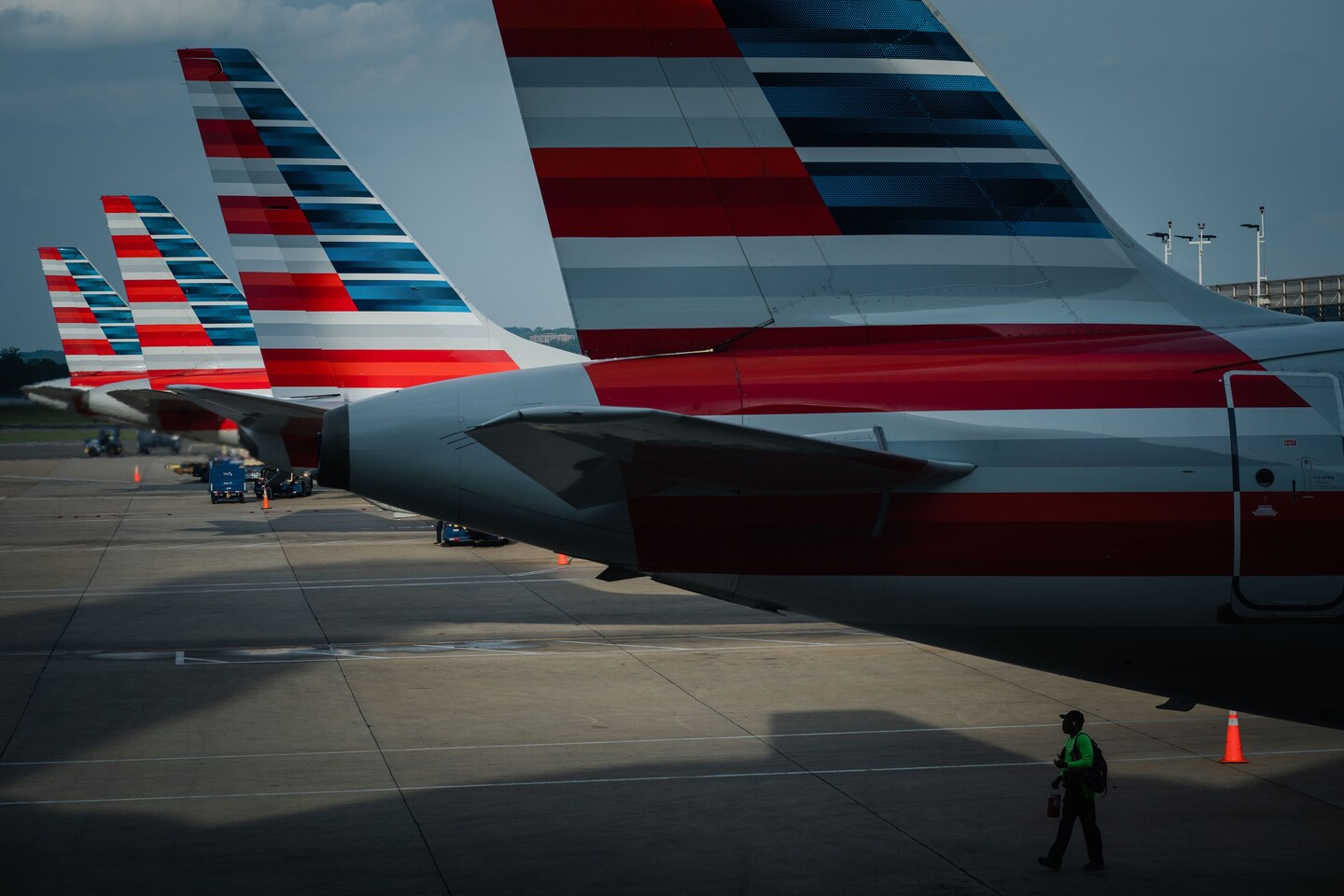An American Airlines passenger plane was forced to abort its takeoff from Arlington’s Reagan National Airport on Wednesday because it risked colliding with a private jet landing at the same time, according to flight data and federal aviation authorities.
It was the second near miss at National in six weeks. On April 18, an air traffic controller instructed a Southwest pilot to cross a runway being used by a departing JetBlue plane, according to the FAA.
The incidents have heightened concerns among critics of a recent bipartisan aviation law that expands the number of flights in and out of National.
Virginia’s U.S. senators had argued that the April incident was “a flashing red warning light that this airport is overburdened” and said adding five round-trip flights later this year risked “the safety of the 25 million people who fly through DCA every year.”
Following Wednesday’s incident, Sen. Tim Kaine (D-Va.) expressed relief in a social media post that no one was hurt, but said this shows why the move “to jam even more flights into DCA was so dangerous. The FAA must resist any new flights that compromise safety.”
The agency did not answer questions about whether the pair of incidents point to broader safety concerns at the airport or whether the new aviation law could compound any safety issues.
The FAA said serious runway incursions are rare nationally and have fallen by 33 percent so far this fiscal year compared with last year, citing its work to improve technology, coordination and training.
“Aviation is the safest way to travel and that’s because we never take anything for granted,” the agency said in a statement.
The FAA is part of the U.S. Department of Transportation, which said earlier this month that “regardless of the number of flights at DCA,” the FAA’s priority is to keep the airport’s operations safe.
On Wednesday, American Airlines Flight 2134 had accelerated to 89 knots as a Hawker Beechcraft turboprop plane was coming in for landing, according to data from the aircraft location tracking platform ADS-B Exchange. By the time the small plane was directly in front of the passenger jet at the intersection of the two runways, the American plane had managed to sharply reduce its speed, according to the data.
The precise circumstances, including why the American plane was cleared for takeoff, are among the questions for investigators.
American Airlines said in a statement, “We’re grateful to our crew for their professionalism.”
After the incident, a member of American’s crew radioed air traffic control seeking clarity on what to do next, according to a recording captured by LiveATC.net.
“We need a place to sit after that rejected takeoff,” he said. “We got to figure out what we’re gonna do here.”

